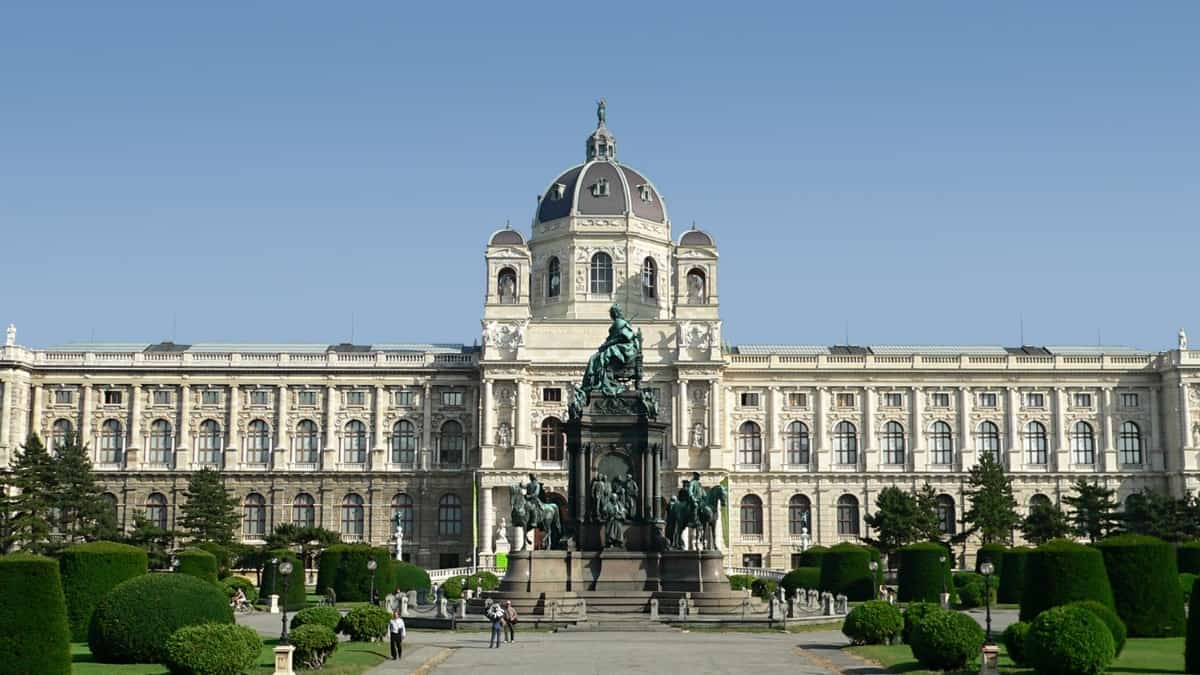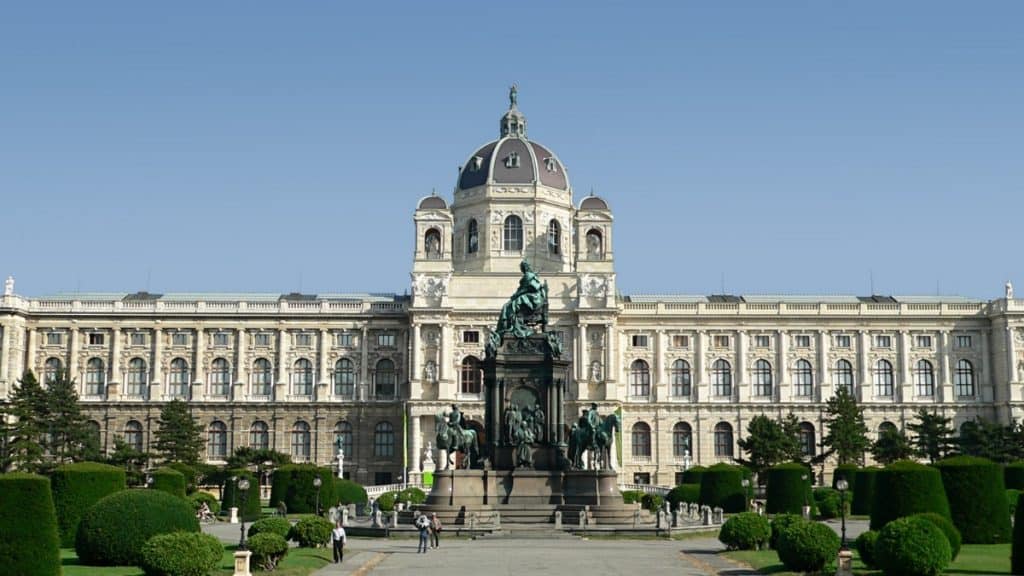
The Kunsthistorisches Museum in Vienna is one of the finest art Museums in the world.
It is home to the most extensive collection of paintings by 16th-century Dutch master Pieter Bruegel the Elder.
The Museum is beautiful both from inside and outside – the building’s impeccable architecture also draws a massive crowd.
In this article, we explain everything you need to know before buying Kunsthistorisches Museum tickets.
Top tickets
# Kunsthistorisches Museum tickets
# Kunsthistorisches Museum + Imperial treasuryWith high demand, tickets sell out fast. We strongly advise booking early so that you won’t miss out on this unforgettable experience.
What’s ahead
Where to Book Online Tickets & How Do They Work
Kunsthistorisches Museum tickets are available online and at the venue, but booking online in advance is better.
When you get them online, avoid the long queues at the attraction’s ticket counters and also save some money.
Kunsthistorisches Museum tickets tend to sell out, and booking early helps avoid last-minute disappointment.
As soon as you purchase, the tickets get delivered to your email address.
No need to get printouts. On the day of your visit, you can show the e-ticket on your smartphone and enter.
Kunsthistorisches Museum Ticket Prices
Kunsthistorisches Museum ticket costs €21 for visitors between 19 and 64 years.
The Kunsthistorisches Museum with Imperial Treasury combo tickets costs €30 for adults.
Visitors below 19 years can get in for free.
Seniors above 65 years and students between 19 and 25 years (with a valid ID) get €3 discount and pay only €18 for their entry.
Kunsthistorisches Museum Skip-the-Line Ticket
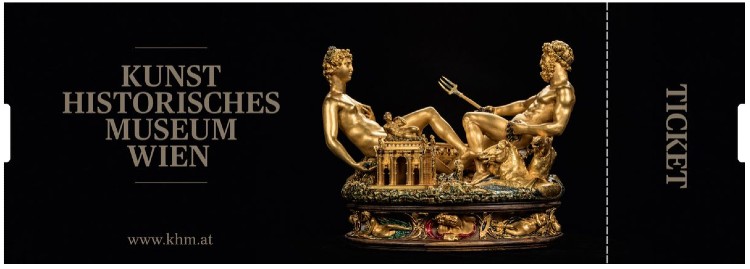
This Kunsthistorisches Museum Wien ticket gives you access to both the permanent Habsburg family collections as well as the temporary exhibitions.
Most visitors to the Kunsthistorisches Museum opt for this self-guided entry ticket because it allows them to skip the line and access all the exhibits on display.
Adult ticket (19 to 64 years): €21
Seniors ticket (65+ years): €18
Student ticket (19 to 25 years, with ID): €18
Kunsthistorisches Museum + Imperial Treasury
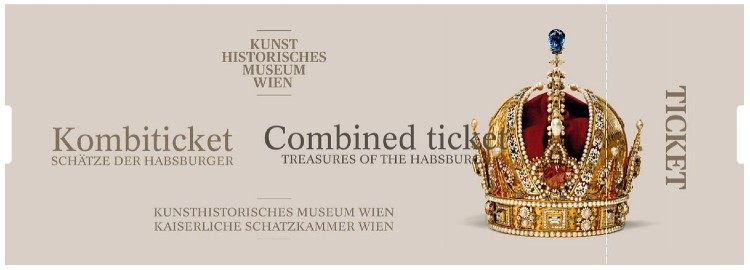
This ticket gets you access to two of Vienna’s premier sights:
Kunsthistorisches Museum and Imperial Treasury.
The Imperial Treasury of Hofburg Palace is just 450 meters (a quarter of a mile) from the Kunsthistorisches Museum. See on Google Map.
Visitors can walk this distance in less than five minutes.
Because of this proximity and the treasures at the Imperial Treasury (covering over a thousand years of European history), this combo ticket is quite popular among visitors.
Both museums can be visited on the same or on different days.
Imperial Treasury is closed on Tuesday. Kunsthistorisches Museum closed on Monday, September to November and January to May.
Visitors up to 18 years old get free entry by showing their valid ID.
Adult ticket (19+ years): €30
Buy This TicketVisiting Kunsthistorisches Museum for Free
If you are holidaying in Vienna for more than three days, we highly recommend the Vienna Pass.
There are two distinct advantages:
1. You get to save up to 45% of your entry ticket cost
2. In most of the places, you can skip the line and walk in (thus saving a lot of your time)
If you buy this pass, you can visit the Kunsthistorisches Museum for free.
The attractions that this discount card can help you access for free are Schönbrunn Palace, Schönbrunn Zoo, the Giant Ferris Wheel, the Spanish Riding School, the Albertina Museum, etc.
The Vienna Pass is available in 1-day, 2-day, 3-day, and 6-day options, and the price varies accordingly.
Buy This PassMany of the city’s tourist attractions, such as Schönbrunn Palace, Belvedere Museum, Vienna Zoo, The Hofburg, Albertina Museum, Natural History Museum, etc., are around the Ringstrasse, so come prepared for a long day.
Kunsthistorisches Museum Opening Hours
Kunsthistorisches Museum opens at 10 am from Tuesday to Sunday.
The art museum closes at 6 pm on Tuesday, Wednesday, Friday, and Saturday.
On Thursday, it remains open till 9 pm to cater to the late evening crowd.
The last entry to the Kunsthistorisches Museum is always 30 minutes before closing.
Best Time to Visit Kunsthistorisches Museum
The best time to visit the Kunsthistorisches Museum is as soon as it opens at 10 am.
The crowd has yet to come in, so you can walk in and explore the artwork peacefully.
We recommend Thursday evenings if you can’t make it in the morning.
You can reach the Museum by 6 pm and stay until 9 pm, making it seem like all that artwork in the Museum is your private collection.
Most Crowded Room
Room No. 12 on the first floor of the Museum, where the most famous Bruegels are hanging, is the most crowded.
That’s why it is best to check out this room as soon as you reach the Museum.
If the place is full of tourists, you can always come back later.
Kunsthistorisches Museum gets around 1.5 Million visitors annually, which is about 4000 visitors daily. Buying tickets in advance helps you save waiting time.
Duration to Tour Kunsthistorisches Museum
If you are an art lover, you need at least four hours to explore the breathtaking permanent and temporary collections at Kunsthistorisches Museum to satisfaction.
Some tourists focus only on the first floor, which displays some of the best paintings in the world, and finish their tour in only two hours.
We recommend at least one visit to the museum’s cafe between your tours. It helps you get back your energies and also beat art fatigue.
What to Expect in Kunsthistorisches Museum
Vienna’s Kunsthistorisches Museum is a haven for art enthusiasts.
The museum’s rich antiquity collection shows human creativity and craftsmanship.
You will see timeless treasures from ancient Egypt and antique statues from Classical-era Greece and Rome.
Witness the splendor of Baroque and Renaissance masterpieces.
The collection showcases the exquisite craftsmanship of these eras and introduces you to their intricate details and artistic brilliance.
The Picture Gallery is a highlight featuring the world’s largest collection of paintings by 16th-century Dutch master Pieter Bruegel the Elder.
The museum is home to masterpieces by Caravaggio, Titian, Peter Paul Rubens, and more.
Notable works include Bruegel’s Tower of Babel, Giuseppe Arcimboldo’s Summer, and Raphael’s Madonna of the Meadow.
You can read more in the ‘Highlights’ section below.
Highlights of the Kunsthistorisches Museum
Every room of the Museum is capable of stirring you up.
However, here are some of the highlights of the Kunsthistorisches Museum.
1. Paintings Gallery
In this gallery of Kunsthistorisches Museum, visitors enjoy the work of famous painters from the 17th century.
Some popular painters on display here are Vermeer, Rembrandt, Rubens, Van Dyck, Van Eyck, Titian, Veronese, Tintoretto, Dürer, Velázquez, Raphael, Caravaggio, etc.
However, the most important of all the paintings in the Kunsthistorisches Museum are those of Bruegel.
The Bruegel Collection
One of the most notable Flemish artists, Pieter Bruegel, the Elder, is famous for his detailed depiction of peasant life.
The art museum houses the most extensive collection of his works, including masterpieces like ‘The Tower of Babel.’
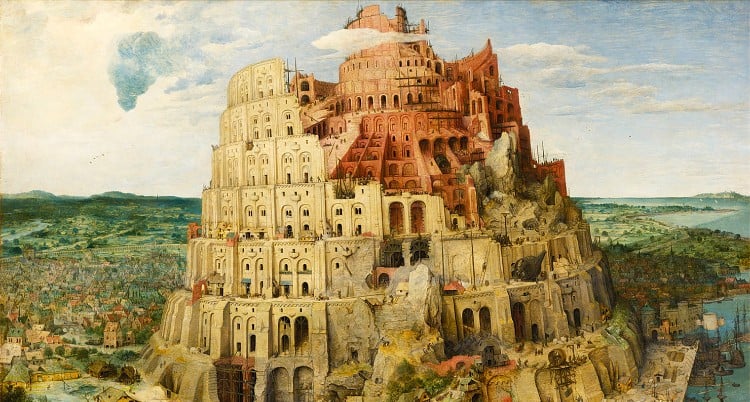
You are sure to spend most of your time at this Museum staring at the paintings of this 16th-century painter.
2. Kunstkammer
Kunstkammer is also known as the arts and natural wonders section.
Some even call it the Habsburg’s treasure chest because the exhibits here are rare, curious, and unusual objects – 2,200 items in all.
In this chamber, you can see coins, weapons, stone vessels, bronze sculptures, ivory carvings, clocks, tapestries, intricate goldsmith work, and numerous other artifacts of immeasurable value.
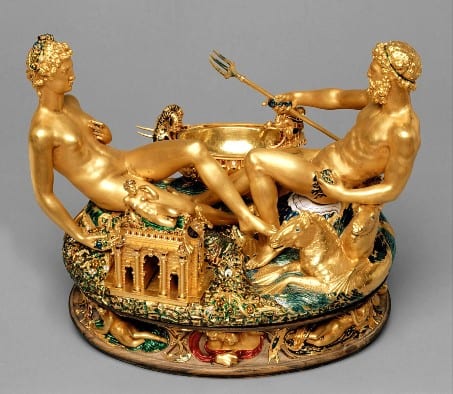
3. Egyptian and Near Eastern Collection
At Kunsthistorisches Museum’s Egyptian and Near Eastern Collection, you get to see some of the world’s most important collections of Egyptian antiquities.
This section hosts 17,000+ exhibits from over almost four thousand years.
Don’t miss out on the richly decorated Offering Chapel of Ka-ni-nisut from the Old Kingdom, intricately designed coffins, animal mummies, divine figures, objects of daily life such as clothing and cosmetic articles, etc.
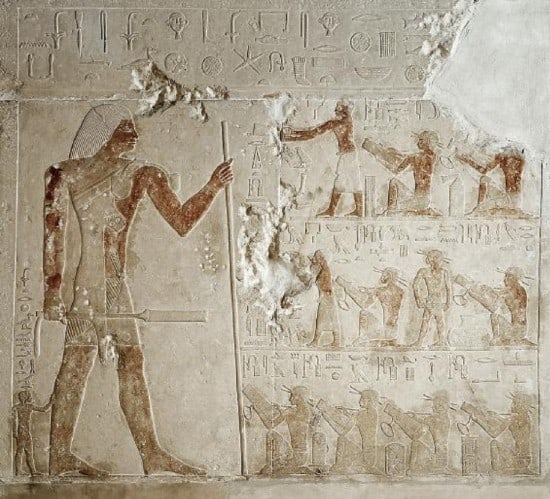
4. Greek and Roman Antiquities
This section of the Kunsthistorisches Museum has around 2500 Roman and Greek exhibits, some of which are as old as three thousand years.
Habsburgs of the Vienna Court collected the first of these antiques, and in recent times the Museum has been acquiring them.
The highlights of this section include The Gemma Augustea, the golden treasure of Nagyszentmiklós, the Brygos Cup, the Votive Statue of a Man from Cyprus, the Amazonian Sarcophagus, etc.
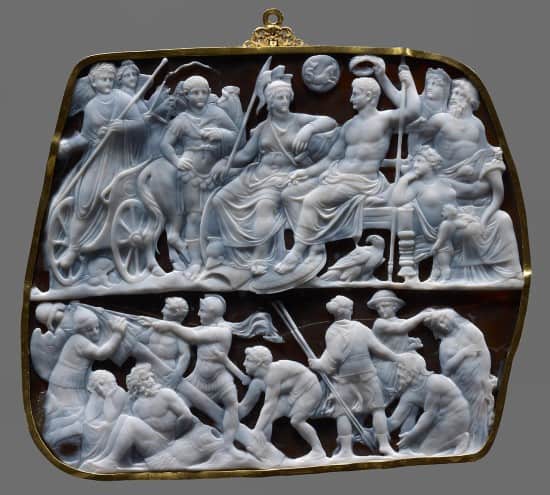
5. The Coin Collection
Kunsthistorisches Museum’s Coin Collection is one of the five most extensive globally and is displayed over three large halls.
In this section, besides the coins, you will also find paper money, medallions, orders, etc.
The first hall takes you through the history and development of the medal, from how it originated in Italy in 1400 to date.
This hall also has Austrian and European orders and medals of honor.
The second hall narrates the history of money.
You get to see the journey starting from the pre-monetary forms of payment to the invention of the coin in the 7th century BC.
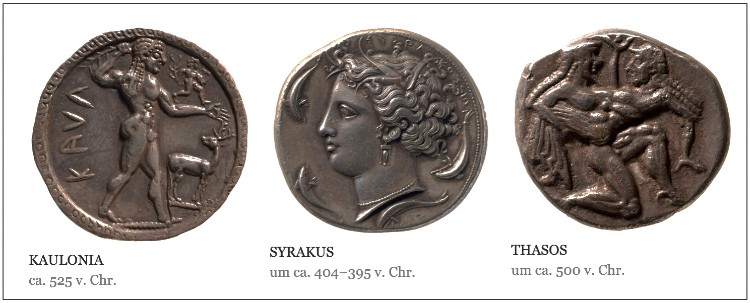
In the third hall, visitors see special exhibitions based on unique themes.
6. The Cupola Hall
Cupola Hall is the heart of Kunsthistorisches Museum and is the architectural highlight of the building.
This hall is home to a restaurant where tourists can catch up with the locals.
When in Cupola Hall, don’t forget to look up at the beautiful domed ceiling.
Besides these, you must not miss the Imperial Armoury, the Ephesos Museum, and the collection of ancient Musical Instruments.
Kunsthistorisches Museum Audio Guide
Kunsthistorisches Museum has a fantastic art collection, and it would be criminal to go around staring at the artwork and not knowing the stories behind them.
The museum’s audio guide helps you experience the Museum at its best.
You can get the Kunsthistorisches Museum audio guide at the entrance by paying 6 Euros per person. Or 8 Euros for two.
Nine hundred of the art pieces on display at the museum are detailed in German, English, French, and Italian.
Support for Spanish, Russian, Japanese, and Korean is available only for 120 museum highlights.
Kunsthistorisches Museum Map
Kunsthistorisches Museum can be a maze to a first-time visitor.
Being aware of the Kunsthistorisches Museum’s floor plan can be a tremendous asset during your visit.
At the entrance, pick up the ‘Welcome leaflet’, which has a floor map marked with museum highlights.
Besides the exhibits, a map also helps you identify visitor services such as restaurants, restrooms, gift shops, etc.
